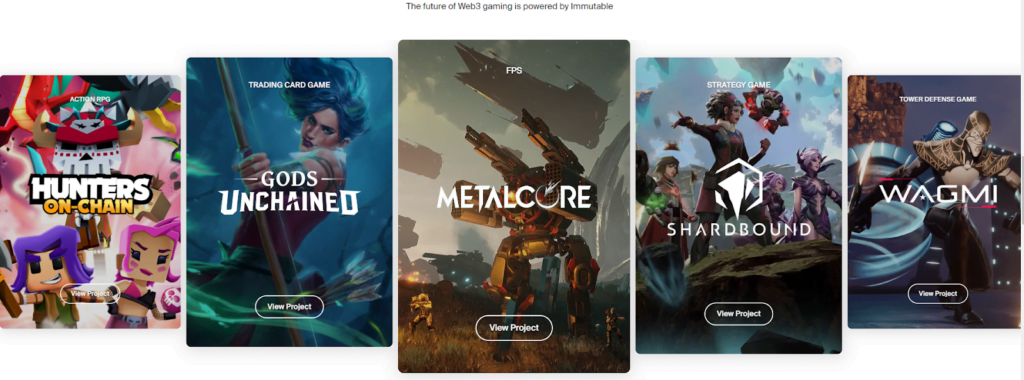Research Summary
The report provides an in-depth analysis of the on-chain gaming sector, highlighting its potential for growth and the challenges it faces. It discusses the benefits of fully on-chain games, such as composability, interoperability, and true digital asset ownership. The report also explores the role of infrastructure providers, gaming studios, and users in the development of on-chain games. It further delves into the technical aspects of on-chain gaming, including game engines and the Entity, Component, System (ECS) framework. The report concludes with a discussion on the future of on-chain gaming, emphasizing the importance of engaging gameplay, improved infrastructure technology, and the creation of interoperable game economies.
Key Takeaways
On-chain Gaming: A Growing Sector with Unique Benefits
- Projected Growth: The blockchain gaming sector is expected to grow at a CAGR of 70.3% until 2025, indicating a potential rise in the adoption of fully on-chain games.
- Unique Benefits: Fully on-chain games offer benefits like composability, interoperability, community governance, and true digital asset ownership for users.
- Key Players: Infrastructure providers, gaming studios, and users are key to the development of on-chain games, each contributing to the sector’s growth.
Technical Aspects of On-chain Gaming
- Game Engines: Innovations in game engines and the Entity, Component, System (ECS) framework improve scalability and ease the development of on-chain games by separating data from logic.
- Blockchain Compatibility: A comparison of on-chain game engines reveals various architectures, blockchain compatibilities, composability levels, provability, programming languages, and client stack support.
- Scalability Solutions: Sovereign L2 rollups deployed by Paima Engine support parallel state machine updates, offering scalability not natively available in EVM.
Challenges Facing On-chain Gaming
- Technical Limitations: Technical constraints on EVM chains and the use of Solidity limit the development of complex games due to scalability issues, high transaction fees, and additional data storage costs.
- User Experience: Improving user experience is crucial for onboarding gamers, as the current need for a web3 wallet and transaction approvals for every action can deter players and lead to low retention rates.
- Fragmented Ecosystem: The on-chain gaming ecosystem remains fragmented, with players unable to transfer digital assets across different gaming platforms, highlighting the need for interoperability.
Future of On-chain Gaming
- Engaging Gameplay: Catalysts for on-chain gaming growth include engaging gameplay with sustainable design mechanics and investment in infrastructure technology for frictionless onboarding.
- Infrastructure Improvements: Infrastructure improvements, like Web3Auth’s simplified wallet creation and thirdweb’s payment gateway solutions, are crucial for increasing on-chain gaming adoption.
- Interoperable Game Economies: Interoperable game economies, or “Autonomous Worlds,” are seen as a catalyst for on-chain game adoption, providing immersive experiences and permissionless, trustless permanence.
Actionable Insights
- Explore the Potential of On-chain Gaming: With the projected growth of the blockchain gaming sector, there is a potential for significant returns in the on-chain gaming industry. Stakeholders should explore opportunities in this sector, keeping in mind the unique benefits of fully on-chain games.
- Invest in Infrastructure Development: The development of infrastructure technology is crucial for the growth of on-chain gaming. Stakeholders should consider investing in technologies that improve scalability, ease game development, and enhance user experience.
- Address the Challenges: To ensure the success of on-chain gaming, it is essential to address the challenges facing the sector. This includes technical limitations, user experience issues, and the fragmentation of the gaming ecosystem.
- Focus on Engaging Gameplay: Engaging gameplay with sustainable design mechanics is a key catalyst for the growth of on-chain gaming. Developers should focus on creating games that are engaging and offer a seamless user experience.
- Embrace Interoperability: The creation of interoperable game economies, or “Autonomous Worlds,” can drive the mass adoption of on-chain gaming. Stakeholders should embrace interoperability to provide immersive experiences and permissionless, trustless permanence.












